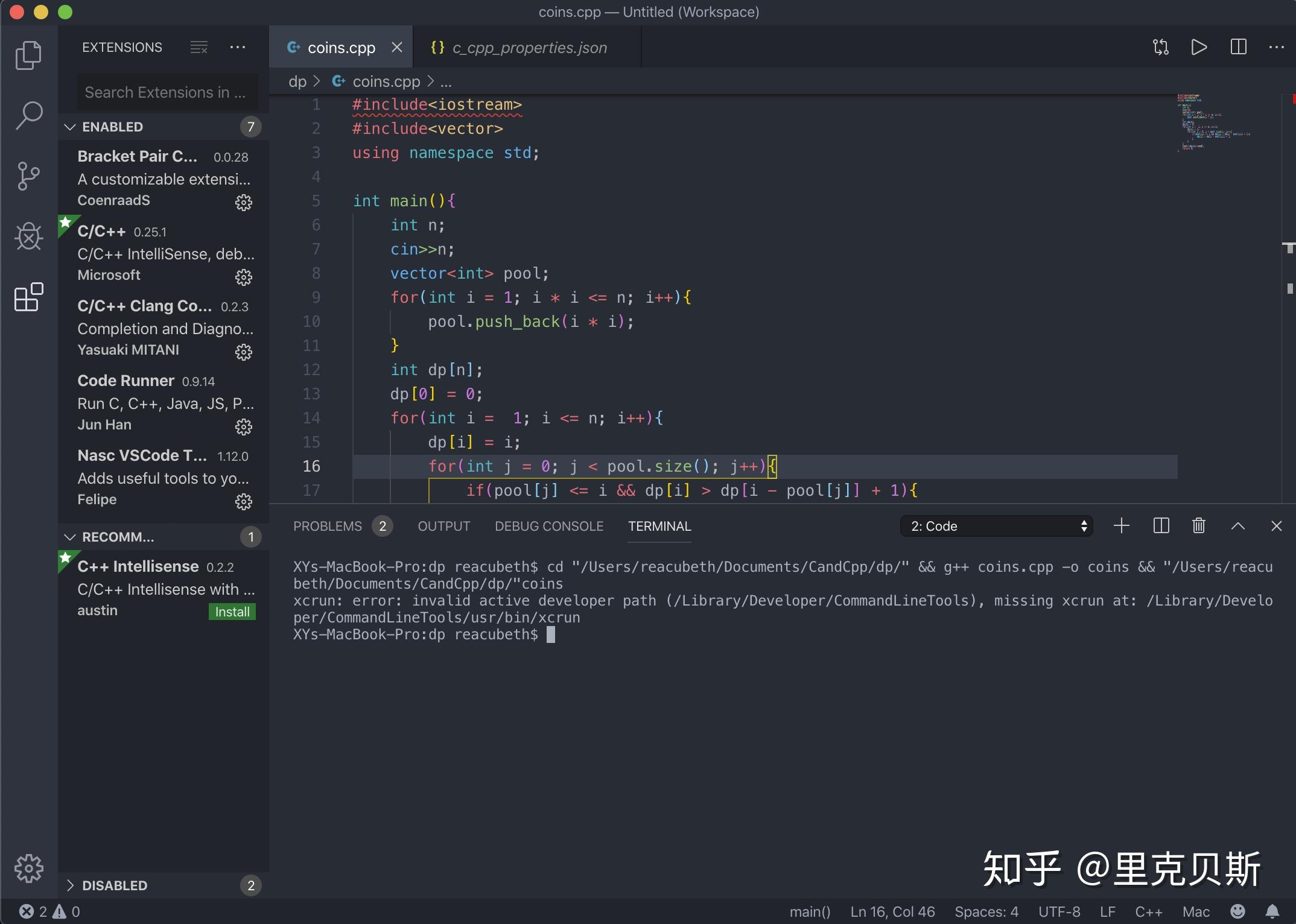- Macos Catalina Brew Install Java
- Macos Catalina Brew Install Mysql
- Mac Catalina Install Brew
- Install Brew On Catalina
- Macos Catalina Brew Install
Homebrew is a package management software that simplify the installation of the softwares made for mac but it also work on linux. If you are not sure if brew is install on your mac, I recommend to checkout this stack-overflow threads.In this post, I will be focusing on how to install redis and run it at background. Installing Redis. The Homebrew install command will install the basic Xcode Command Line Tools that it needs. However, I recommend the full install, especially if you’re running Catalina. To do this, you can run the following command from the Terminal. Xcode-select -install Install Homebrew. The following command will install Homebrew.
I had to reconfigure my Macbook after sending it for repairs. During the reconfiguration period, I noticed the instructions I linked to in “Setting up a local MongoDB connection” were outdated.
Here’s an updated version on how to install MongoDB on a Mac.
There are a few steps:
First, you install Homebrew. If you’re curious about what Homebrew is, read this article.
Second, find the MongoDB tap.
Third, install MongoDB.
MongoDB is now installed on your computer.
Preparations (Before MacOS Catalina)
Before you can use MongoDB, you need to create a /data/db folder on your computer to use MongoDB. You can create this folder with the following command:
You also need to give permissions to use it:

Now you can follow the rest of the article to set up your MongoDB connection.
Preparations (MacOS Catalina onwards)
Apple created a new Volume in Catalina for security purposes. If you’re on Catalina, you need to create the /data/db folder in System/Volumes/Data.
Use this command:
Then, use this command to give permissions:
Using MongoDB
In the past, I can run the mongod command to start MongoDB. This no longer works out for the box from MongoDB v4.2.3 onwards.
The best way to start MongoDB now is via brew services.
Starting MongoDB
Use this command:
MongoDB will start as a background service. Here’s what you’ll see:
You can use start instead of run. start will start MongoDB automatically when you login into your Macbook. I prefer run since I don’t want MongoDB to be running all the time.
Checking if MongoDB is running
Macos Catalina Brew Install Java

Use this command:
Homebrew will list all running services. If MongoDB is running, mongodb-community will have a status set to started.
The Mongo Shell
If MongoDB is running, you should be able to access the Mongo shell with the mongo command.
Stopping MongoDB

Use this command:

Macos Catalina Brew Install Mysql
Homebrew will stop MongoDB and let you know.
Mac Catalina Install Brew
Aliases to make these easier
It’s a chore typing brew services run mongodb-community every time I want to start MongoDB.
I created some aliases to make things easier for me. Here are my aliases:
What’s next?
Install Brew On Catalina
If you haven’t already, you should learn how to set up a local MongoDB connection.

Macos Catalina Brew Install
If you enjoyed this article, please tell a friend about it! Share it on Twitter. If you spot a typo, I’d appreciate if you can correct it on GitHub. Thank you!